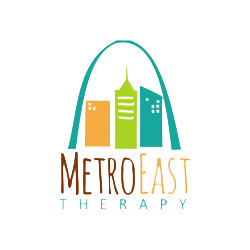
Project Info
Project Description
Language disorders in children are characterized by deficiencies in the comprehension (understanding) and/or production (use) of spoken and written language. Deficiencies in language can have a profound impact on a child’s academic, social, and emotional development. Seven percent of preschool and school-age children exhibit significant limitations in language ability. Language disorders in children can result from congenital syndromes (e.g., Down Syndrome or fragile X syndrome), diseases (e.g., cytomegalovirus or meningitis), toxins (e.g., fetal alcohol syndrome), reduction of sensory input (e.g., hearing loss), or head injury. Often, a specific etiology for the language disorder cannot be determined.
Clinical evidence has documented that children with language disorders benefit from treatment provided by speech-language pathologists. More than 200 studies report the effectiveness of language intervention for an overwhelming majority of participants. In addition, studies have demonstrated the advantage of beginning intervention as early as possible. Language treatment has been shown to improve functional communication skills, thereby enhancing the quality of life, social, academic, and vocational opportunities of the child. According to data from ASHA’s National Outcomes Measurement System (NOMS), approximately 70% of preschoolers with language disorders showed gains of one or more levels on the Spoken Language Production and/or Spoken Language Comprehension Functional Communication Measure (FCM) following speech-language pathology intervention. FCMs are a series of seven-point rating scales ranging from least functional (Level 1) to most functional (Level 7) designed to measure improvement in a variety of clinical areas. For example, Level 1 on the Spoken Language Expression FCM indicates that a patient attempts to speak but does not make any meaningful verbalizations. At Level 4, the patient is able to produce simple sentences and initiate communication in structured conversations. At Level 7, the patient can participate successfully and independently in vocational and social activities, and is not limited by his/her spoken language skills. NOMS data reveal that children who made one level of gain on either of these FCMs received about twice as much treatment as those children who did not show similar functional improvements.
The role of the speech-language pathologist is to assess and treat spoken and written language skills. The objective of language treatment is to increase the frequency and quality of language to age-appropriate levels. Speech-language pathologists play a critical and direct role in helping children with language disorders learn to speak, listen, read, and write.v Treatment may also include the use of augmentative/ alternative communication systems.
